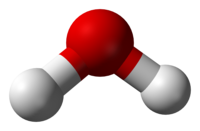Observer
Quantum Yield Engineer
- Joined
- May 11, 2023
- Messages
- 8,217
- Reaction score
- 20,147
""In the study by de Almeida et al. [9], they investigated the effects of irrigation with magnetized water on the growth parameters (plant height and stem diameter) of cherry tomatoes. They concluded that tomato production irrigated with magnetically treated water resulted in superior stem development. In the study by El-Zawily et al. [99], they investigated the advantages and disadvantages of alternate tomato irrigation by using fresh and agricultural drainage water with or without the use of a magnetic field. They concluded that the plants irrigated with 100% freshwater and subjected to a magnetic field produced the maximum yield and economic efficiency. More recently, many studies [91],[92],[100]–[104] also found improvements in the growth of plants subjected to magnetized water.""




